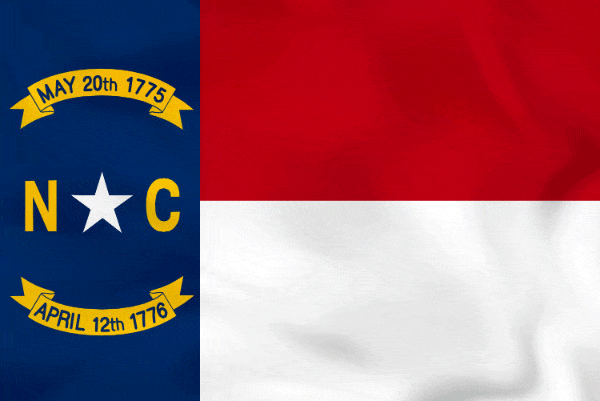 History English colonists, sent by Sir Walter Raleigh, unsuccessfully attempted to settle Roanoke Island in 1585 and 1587. Virginia Dare, born there in 1587, was the first child of English parentage born in America. In 1653 the first permanent settlements were established by English colonists from Virginia near the Roanoke and Chowan rivers. The region was established as an English proprietary colony in 1663–1665 and in its early history was the scene of Culpepper's Rebellion (1677), the Quaker-led Cary Rebellion (1708), the Tuscarora Indian War (1711–1713), and many pirate raids. During the American Revolution, there was relatively little fighting within the state, but many North Carolinians saw action elsewhere. Despite considerable pro-Union, antislavery sentiment, North Carolina joined the Confederacy during the Civil War. North Carolina is the nation's largest furniture, tobacco, brick, and textile producer. Metalworking, chemicals, and paper are also important industries. The major agricultural products are tobacco, corn, cotton, hay, peanuts, and vegetable crops. The state is the country's leading producer of mica and lithium. Tourism is also important, with visitors spending more than $1 billion annually. Sports include year-round golfing, skiing at mountain resorts, both fresh- and salt-water fishing, and hunting. Among the major attractions are the Great Smoky Mountains, the Blue Ridge National Parkway, the Cape Hatteras and Cape Lookout National Seashores, the Wright Brothers National Memorial at Kitty Hawk, Guilford Courthouse and Moores Creek National Military Parks, Carl Sandburg's home near Hendersonville, and the Old Salem Restoration in Winston-Salem.
|
North Carolina
Read this profile of North Carolina to learn about the state's history, points of interest, and government. Also find interesting facts about each state, including the state's motto, symbols, and when it entered the union.





